In 1943, Albert Hofmann experienced his first trip with LSD. Since then, the psychedelic has been considered a madness or miracle drug. Now Hofmann's “problem child” is finding its way into medicine.
-
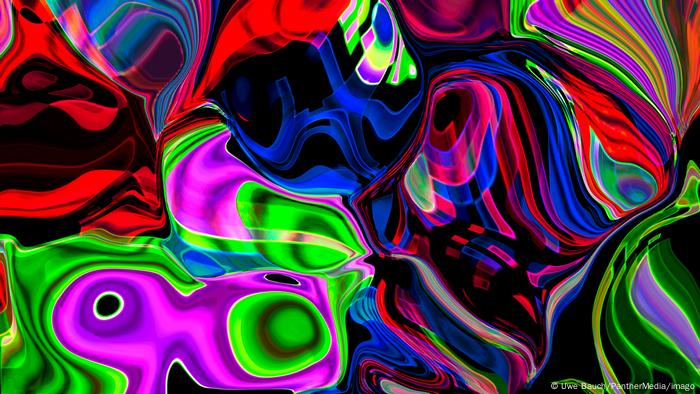 Hofmann's elixir – 80 years of LSD
Hofmann's elixir – 80 years of LSD
wonder drug? mad drug? Medicine?
Since its invention 80 years ago, LSD has been given many names. The substance was celebrated, it was demonized. Scientists, artists, secret services, hippies: a wide variety of groups have dealt with LSD. LSD has left deep marks in art, culture and society. After decades of ban and discontinued research, the substance is making a comeback in medicine.
-
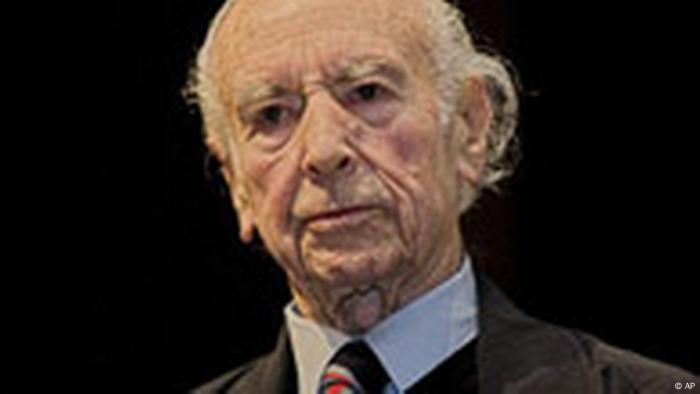 Hofmann's elixir – 80 years of LSD
Hofmann's elixir – 80 years of LSD
LSD inventor Albert Hofmann on his 100th birthday
In April 1943, the chemist Albert Hofmann discovered the effects of LSD. The drug soon went from being a child prodigy, which he shared with researchers and artists, to a problem child for Hofmann. He considered the popularization of LSD in the USA during the 1960s to be wrong, also because it led to the end of legitimate research. He always believed in the potential of LSD.
-
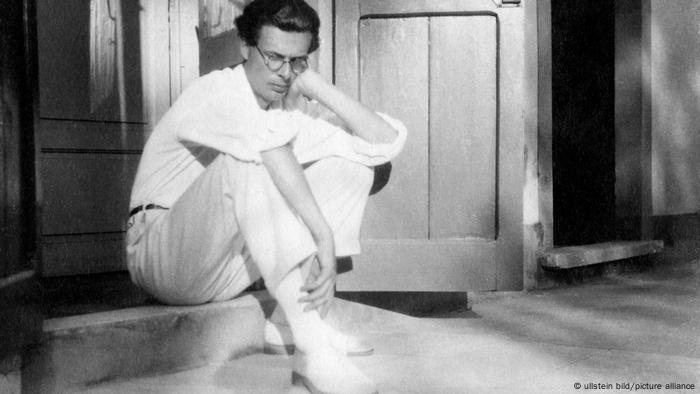 Hofmann's Elixir – 80 Years LSD
Hofmann's Elixir – 80 Years LSD
Aldous Huxley and the “Gateways of Perception”
The British writer Aldous Huxley began experimenting with psychedelic drugs in the early 1950s. His experiences with mescaline inspired Huxley's 1954 book The Doors of Perception. Later he also experimented with LSD. When Huxley, a friend of Albert Hofmann, was dying in 1963, he had his wife inject him with 100 micrograms of LSD.
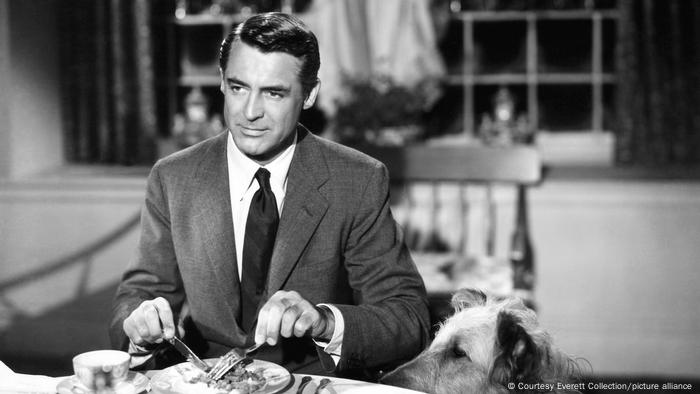 Hofmann's elixir – 80 years of LSD
Hofmann's elixir – 80 years of LSD
Therapeutic use – and good press
In the 1950s, intensive research was carried out into the therapeutic use of LSD. The results quickly found their way into practice. Interest in the substance was also fueled by media reports: in 1959, the US magazine “Look” reported very positively on the prominent actor's LSD psychotherapy under the title “The wondrous story behind the new Cary Grant”.
-
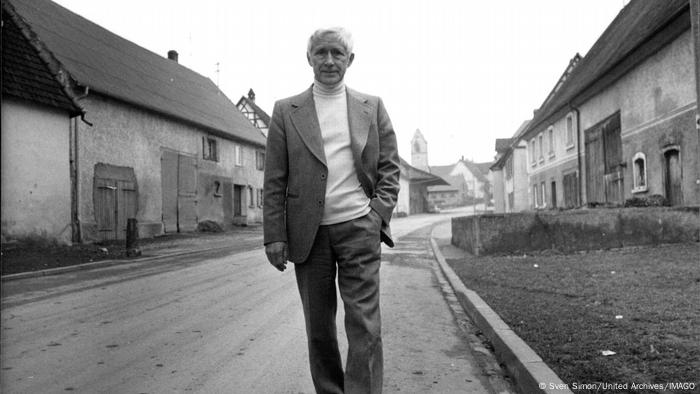 Hofmann's elixir – 80 years of LSD
Hofmann's elixir – 80 years of LSD
Ernst Jiinger and the “Psychonauts”< /h2>
In 1961, the writer Ernst Jiinger took his first LSD trip with his friend Albert Hofmann and an accompanying doctor. In his book “Approaches”, Jiinger then coined the term “psychonauts” for drug researchers: While astronauts explore the vastness of space, they travel into the depths of their own psyche.
-
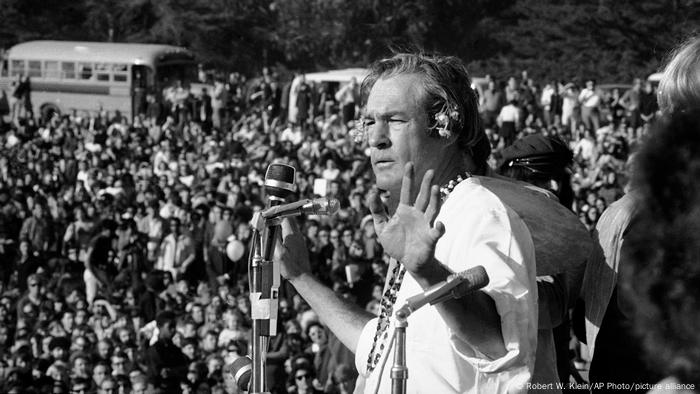 Hofmann's Elixir – 80 years of LSD
Hofmann's Elixir – 80 years of LSD
From Harvard professor to LSD guru
As a Harvard psychologist, Timothy Leary conducted scientific research with LSD in the early 1960s and developed rules for using the drug sensibly. Upon his release from Harvard in 1963, he quickly became the drug kingpin of a rapidly growing counterculture that challenged the “American way of life.” Leary was declared Public Enemy #1, spent years in prison.
-
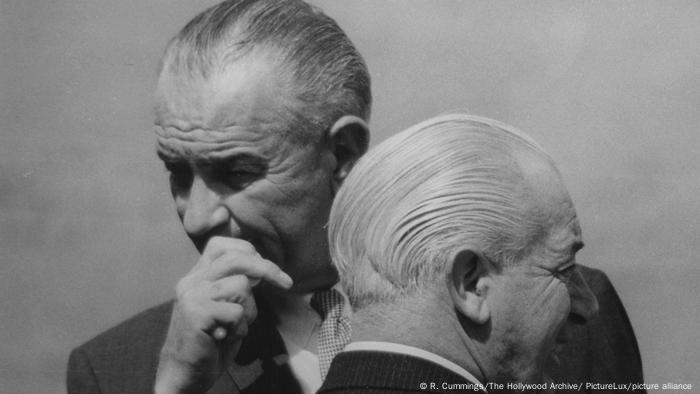 Hofmann's Elixir – 80 years of LSD
Hofmann's Elixir – 80 years of LSD
Washington bans LSD
The administration of US President Johnson – here with Australian Prime Minister Holt – feels challenged and threatened by the new social and political movements, especially among young people. In 1965, Johnson banned LSD. Reports of abuse and accidents set the mood for it. The Swiss Sandoz Group is discontinuing the production of the LSD preparation “Delysid”.
-
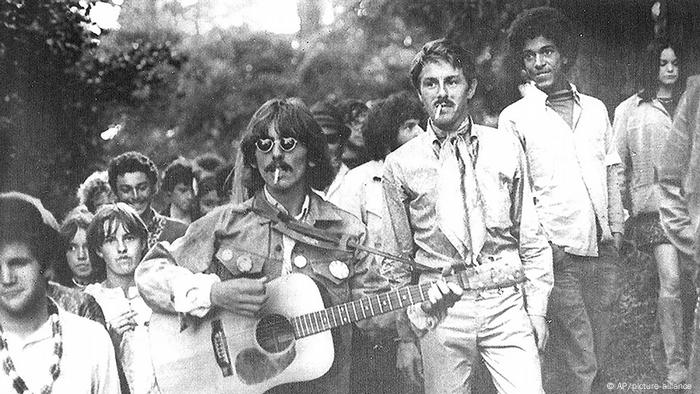 Hofmann's elixir – 80 years of LSD
Hofmann's elixir – 80 years of LSD
“Summer of Love”
Despite the LSD ban, the psychedelic “Summer of Love” unfolded in the middle of the Vietnam War in 1967, especially in San Francisco. Even Beatles star George Harrison makes a surprise visit to the hippie district of Haight Ashbury.
-
 Hofmann's Elixir – 80 years of LSD
Hofmann's Elixir – 80 years of LSD
LSD and Silicon Valley
Some founding fathers of large computer and IT companies have experimented with LSD. Apple founder Steve Jobs even described his LSD trips as “one of the three most important things in my life” in his autobiography. LSD inventor Hofmann wrote to Jobs in 2007 at the age of 101. Today, at least LSD microdosing is widely used in the IT scene.
-
 Hofmann's Elixir – 80 years of LSD
Hofmann's Elixir – 80 years of LSD
Pushed back, but not gone
Although LSD is forbidden, research has come to a standstill. But the interest in questions of consciousness remains. In 1996, three old men of psychedelics research met at a congress in Heidelberg: the Göttingen psychiatrist Hans-Carl Leuner (l.), who organized the first LSD congress in Germany in 1961, the US chemist Alexander Shulgin (r.) and LSD inventor Albert Hofmann.
-
 Hofmann's Elixir – 80 Years of LSD
Hofmann's Elixir – 80 Years of LSD
“Psychedelic Renaissance” in Science
In Europe, the Brit David Nutt played a key role in making research with psychedelic substances possible again – albeit against resistance. In the meantime, research with psychedelics is also being carried out again in Germany, including as a promising remedy for depression. What helps: Unlike in the past, tomographs can be used to visualize how drugs work in the brain.
Author: Matthias von Hein
-
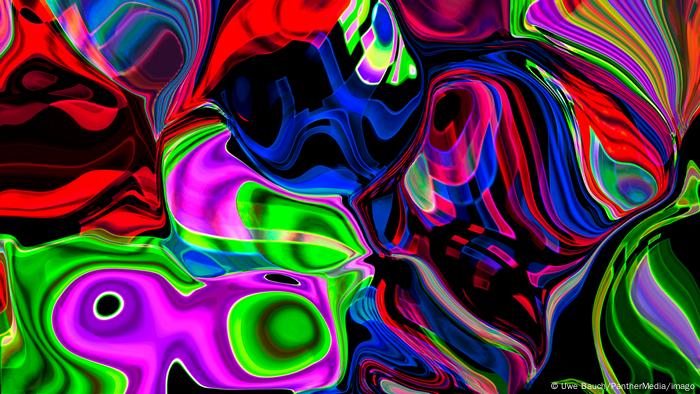 Hofmann's elixir – 80 years of LSD
Hofmann's elixir – 80 years of LSD
miracle drug? mad drug? Medicine?
Since its invention 80 years ago, LSD has been given many names. The substance was celebrated, it was demonized. Scientists, artists, secret services, hippies: a wide variety of groups have dealt with LSD. LSD has left deep marks in art, culture and society. After decades of ban and discontinued research, the substance is making a comeback in medicine.
-
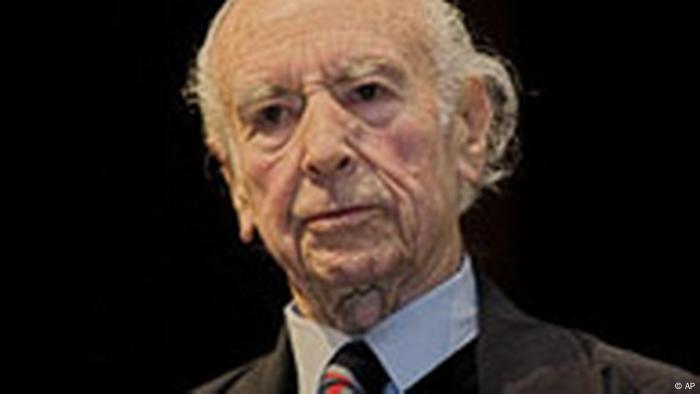 Hofmann's elixir – 80 years of LSD
Hofmann's elixir – 80 years of LSD
LSD inventor Albert Hofmann on his 100th birthday < /h2>
In April 1943, the chemist Albert Hofmann discovered the effects of LSD. The drug soon went from being a child prodigy, which he shared with researchers and artists, to a problem child for Hofmann. He considered the popularization of LSD in the USA during the 1960s to be wrong, also because it led to the end of legitimate research. He always believed in the potential of LSD.
-
 Hofmann's Elixir – 80 years of LSD
Hofmann's Elixir – 80 years of LSD
Aldous Huxley and the “Gateways of Perception”
British writer Aldous Huxley began experimenting with psychedelic drugs in the early 1950s. His experiences with mescaline inspired Huxley's 1954 book The Doors of Perception. Later he also experimented with LSD. When Huxley, a friend of Albert Hofmann, was dying in 1963, he had his wife inject him with 100 micrograms of LSD.
-
 Hofmann's elixir – 80 years of LSD
Hofmann's elixir – 80 years of LSD
Therapeutic use – and good press
In the 1950s, intensive research was carried out into the therapeutic use of LSD. The results quickly found their way into practice. Interest in the substance was also fueled by media reports: in 1959, the US magazine “Look” reported very positively on the prominent actor's LSD psychotherapy under the title “The wondrous story behind the new Cary Grant”.
-
 Hofmann's elixir – 80 years of LSD
Hofmann's elixir – 80 years of LSD
Ernst Jiinger and the “Psychonauts”
In 1961, the writer Ernst Jiinger took his first LSD trip with his friend Albert Hofmann and an accompanying doctor. In his book “Approaches”, Jiinger then coined the term “psychonauts” for drug researchers: While astronauts explore the vastness of space, they travel into the depths of their own psyche.
- < img src="https://static.dw.com/image/65179688_303.jpg" /> Hofmann's Elixir – 80 years of LSD
From Harvard professor to LSD guru
As a Harvard psychologist, Timothy Leary conducted scientific research with LSD in the early 1960s and developed rules for using the drug sensibly. Upon his release from Harvard in 1963, he quickly became the drug kingpin of a rapidly growing counterculture that challenged the “American way of life.” Leary was declared Public Enemy #1, spent years in prison.
-
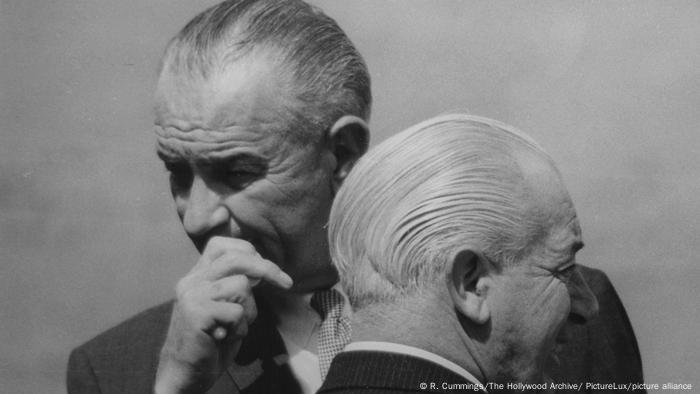 Hofmann's elixir – 80 years of LSD
Hofmann's elixir – 80 years of LSD
Washington bans LSD
The administration of US President Johnson – here with Australian Prime Minister Holt – feels challenged and threatened by the new social and political movements, especially among young people. In 1965, Johnson banned LSD. Reports of abuse and accidents set the mood for it. The Swiss Sandoz Group is discontinuing the production of the LSD preparation “Delysid”.
-
 Hofmann's Elixir – 80 Years LSD
Hofmann's Elixir – 80 Years LSD
“Summer of Love”
Despite the LSD ban, the psychedelic “Summer of Love” unfolded in the middle of the Vietnam War in 1967, especially in San Francisco. Even Beatles star George Harrison makes a surprise visit to the hippie district of Haight Ashbury.
-
 Hofmann's elixir – 80 years of LSD
Hofmann's elixir – 80 years of LSD
LSD and silicon Valley
Some founding fathers of large computer and IT companies have experimented with LSD. Apple founder Steve Jobs even described his LSD trips as “one of the three most important things in my life” in his autobiography. LSD inventor Hofmann wrote to Jobs in 2007 at the age of 101. Today, at least LSD microdosing is widely used in the IT scene.
-
 Hofmann's Elixir – 80 years of LSD
Hofmann's Elixir – 80 years of LSD
Pushed back, but not gone
Although LSD is forbidden, research has come to a standstill. But the interest in questions of consciousness remains. In 1996, three old men of psychedelics research met at a congress in Heidelberg: the Göttingen psychiatrist Hans-Carl Leuner (l.), who organized the first LSD congress in Germany in 1961, the US chemist Alexander Shulgin (r.) and LSD inventor Albert Hofmann.
-
 Hofmann's Elixir – 80 years LSD
Hofmann's Elixir – 80 years LSD
“Psychedelic Renaissance” in Science
In Europe, the Brit David Nutt played a key role in making research with psychedelic substances possible again – albeit against resistance. In the meantime, research with psychedelics is also being carried out again in Germany, including as a promising remedy for depression. What helps: Unlike in the past, tomographs can be used to visualize how drugs work in the brain.
Author: Matthias von Hein
At least since Prince Harry wrote about drug experiments in his biography “Spare”, the world has known that even a royal resorts to psychedelic substances. And since Michael Pollan's 2018 book “How to Change Your Mind” became a bestseller and was then adapted for a Netflix series, one thing is clear: Altered states of consciousness are a topic for millions of people. Since the German Ministry of Health has finally been funding a clinical study on the treatment of depression with psychedelic drugs with over 1.3 million euros, one thing is certain: LSD and Co. are emerging from the sleazy corner of decades of stigmatization. Psychedelics are still banned and only accessible with special permits. But they are again the subject of serious scientific research. They are the basis of the business models of listed companies. And they've returned to popular culture.
“LSD – my problem child”

Albert Hofmann tests the new substance in 1943 – in a self-experiment
How gladly Albert Hofmann would have experienced that! For more than a quarter of a century, the inventor of LSD, whom chemists always said “it found him,” fought for the drug's scientific rehabilitation. Hofmann entitled his autobiography in 1979 with the title “LSD – my problem child”. And at the same time wished that it could still become a child prodigy. He saw great potential for the drug in treating mental illness and exploring consciousness.
But when Hofmann died in 2008 at the biblical age of 102, the “psychedelic renaissance” that can be seen today was only beginning to show signs. The search term “microdosing” for a merely mood-enhancing effect of LSD threw up less than 12 million results on Google. Psychedelics-assisted self-discovery groups have not yet been offered on Facebook. Most importantly, scientific research into LSD and its relatives has collapsed after decades of prohibition.
Psychedelic Renaissance
That has now changed radically. Psychedelics-related conventions and conferences are held around the world. At one of these congresses, the “Insight” in Berlin, DW 2021 met Rick Doblin, founding director of the Multidisciplinary Association for Psychedelics Studies, MAPS. While 20 years ago research interest in psychedelic drugs was still a sure career killer, the situation has now completely turned around, explained the American with the big smile. “If you're running a psychiatric institute, you're not going to get recruits if you don't do something about psychedelics,” described the doblind trend in the USA. “The best example is Harvard, where psychologist Timothy Leary worked with LSD: Harvard now has a center for psychedelic research at Massachusetts General Hospital,” Doblin continued – and went on to name half a dozen other research institutes that study psychedelics in the United States focus of their work.
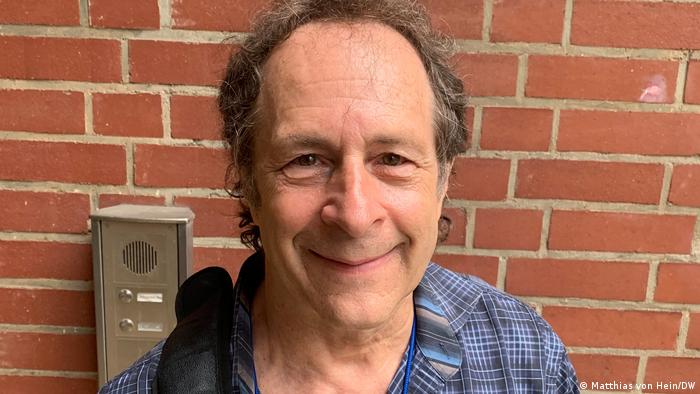
Rick Doblin has been campaigning for the approval of psychedelics in medicine for years
1943: The world's first LSD trip
Science and medicine were also at the beginning of LSD: in 1943, the then 37-year-old chemist Albert Hofmann was looking for a circulatory drug in a laboratory of the Swiss pharmaceutical company Sandoz. On April 16, he remembers a substance that he had synthesized five years earlier but then put aside: lysergic acid diethylamide, or LSD for short. Atypical for the meticulous researcher, Hofmann seems to have worked improperly at one point and come into contact with a minimal amount of LSD. deeply exhilarating. It lasted three or four hours and then it disappeared,” Hofmann recalled in 2006 at a panel event on the occasion of his 100th birthday.
Having become curious, Hofmann decides to try it on himself three days later. On April 19, 1943, the chemist ingested a very carefully measured amount of LSD according to conventional wisdom: 250 micrograms, a quarter of a thousandth of a gram. And still overdosed on it. The substance first catapults Hofmann into a nightmarish experience. The young chemist thinks he is dying; afterwards, however, he experiences the most intense images and feelings of happiness. The next day he can remember exactly what he experienced – he has no physical complaints. On the contrary: The world, as Hofmann later described it, seemed “new” to him.
LSD from the pharmaceutical company
A substance that has such a strong effect on consciousness in such small amounts – without physical side effects? Sandoz's interest has been piqued. Now the pharmaceutical company is looking for an application. Sandoz produces LSD on a larger scale and distributes it free of charge to research institutes around the world under the name “Delysid”.
In fact, the drug makes a career in medicine in the 1950s. Good results are obtained, for example, in the treatment of alcohol addiction with LSD sessions. The substance is also used in psychotherapy. When the actor Cary Grant raved about the substance after a series of therapeutic sessions with LSD in 1959, “Look” magazine, among others, reported in a large-scale report on “The wondrous story behind the new Cary Grant”.
Research is booming; around 100 scientific papers appear in the trade press every year. In Germany in 1960, the psychiatrist Hanscarl Leuner from Göttingen opened the “First European Symposium for Psychotherapy under LSD 25”.
From the laboratory to the studio and onto the street
At the same time, LSD left the fields of research, medicine and therapy and initially seeped into the circles of artists and intellectuals. More and more people embark on psychedelic inner journeys in search of meaning. The substance is still legal, the media is benevolent. In the 1960s, LSD left its mark on art and especially music. A youth revolution, fueled at least in part by drugs, caused profound upheavals in culture and society. And at the same time initiates the countermovement.
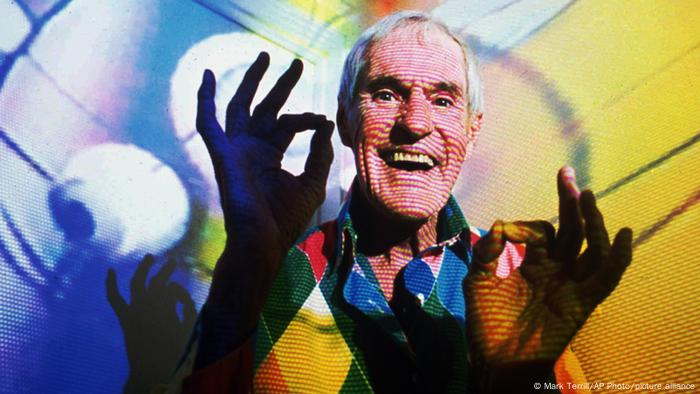
Former Harvard psychologist Timothy Leary became a leader in a psychedelic-fuelled youth movement in the 1960s
< p>With the popularization of the drug, abuse, accidents, bad trips and psychoses have increased. The tenor of the long positive reporting is changing. The former miracle drug is stylized in the media as a drug of insanity. In 1965, US President Lyndon B. Johnson banned LSD in the United States. Sandoz ceases production. LSD goes underground.
End – and new beginning
With the ban, legitimate research comes to a complete standstill for several decades. Only at the beginning of the 2000s did the tide slowly begin to turn. First studies with psychedelic drugs are approved again. And deliver encouraging results, especially for depression.
Peter Gasser is one of the few doctors in Switzerland who have a license to work psychotherapeutically with LSD. For him, the most important therapeutically usable property of the substance is “that it enables us to establish connection and connectedness. Depression is the illness of losing the connection to oneself and the world”.

Peter Gasser is one of the few doctors who are allowed to work with LSD
According to WHO estimates, around 300 million people worldwide are living with depression. In Germany there are an estimated five million; the Ministry of Health speaks of a “widespread disease”. Treatment with psychedelic drugs is the first new promising therapeutic approach in many years.
Anniversary Congress
Peter Gasser is also one of the organizers of a congress to mark the 80th anniversary of the world's first LSD experience. Two children of the inventor Albert Hofmann are invited as guests of honor. One of Hofmann's grandsons, himself a chemist, gives a lecture on LSD. A project on the use of LSD in anxiety disorders, in which Gasser himself was involved, will also be presented. “We did a nice research project, with good results and satisfied patients. What more could you ask for?” says Gasser with his own understatement.
Perhaps after 80 years of checkered history, Hofmann's problem child will develop into a problem child after all Child prodigy.
Ketamine and LSD – drugs for depression




 Hofmann's elixir – 80 years of LSD
Hofmann's elixir – 80 years of LSD Hofmann's elixir – 80 years of LSD
Hofmann's elixir – 80 years of LSD Hofmann's Elixir – 80 Years LSD
Hofmann's Elixir – 80 Years LSD Hofmann's elixir – 80 years of LSD
Hofmann's elixir – 80 years of LSD Hofmann's elixir – 80 years of LSD
Hofmann's elixir – 80 years of LSD Hofmann's Elixir – 80 years of LSD
Hofmann's Elixir – 80 years of LSD Hofmann's Elixir – 80 years of LSD
Hofmann's Elixir – 80 years of LSD Hofmann's elixir – 80 years of LSD
Hofmann's elixir – 80 years of LSD Hofmann's Elixir – 80 years of LSD
Hofmann's Elixir – 80 years of LSD Hofmann's Elixir – 80 years of LSD
Hofmann's Elixir – 80 years of LSD Hofmann's Elixir – 80 Years of LSD
Hofmann's Elixir – 80 Years of LSD Hofmann's elixir – 80 years of LSD
Hofmann's elixir – 80 years of LSD Hofmann's elixir – 80 years of LSD
Hofmann's elixir – 80 years of LSD Hofmann's elixir – 80 years of LSD
Hofmann's elixir – 80 years of LSD Hofmann's elixir – 80 years of LSD
Hofmann's elixir – 80 years of LSD Hofmann's Elixir – 80 Years LSD
Hofmann's Elixir – 80 Years LSD